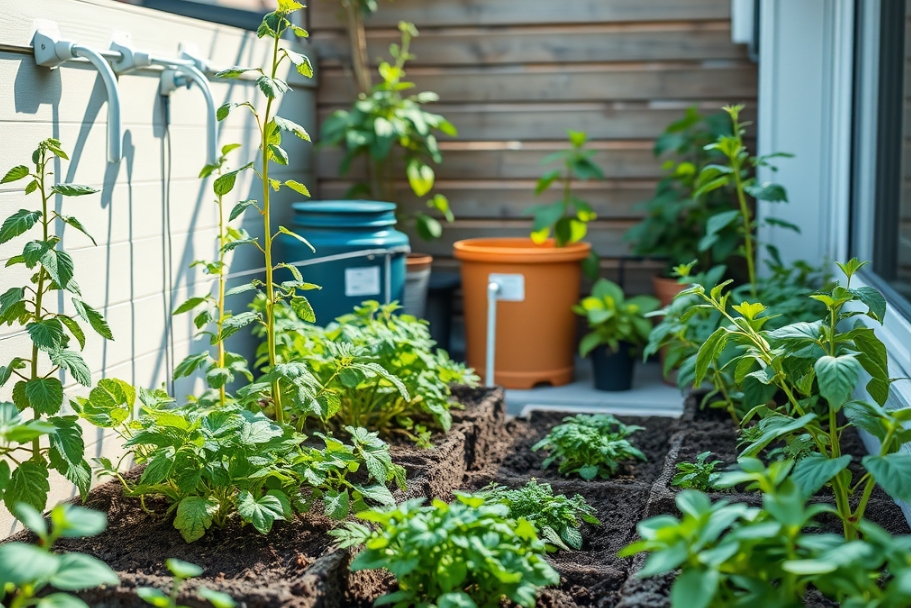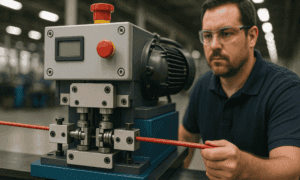As people seek practical ways to live more responsibly, one area seeing rapid transformation is home gardening. Thanks to smart technology, even traditional growing methods are being reinvented. Whether you’re starting with herbs on a windowsill or looking to buy trees for a long-term food source, modern tools are making it easier than ever to grow sustainably.
The integration of technology into gardening isn’t just a novelty—it’s a response to real-world concerns around food security, climate change, and environmental impact. From sensor-driven irrigation to AI-powered planting guides, smart gardening is empowering people to take control of their green spaces with greater precision and purpose.
The Emergence of Smart Gardening Tools
Smart gardening refers to the use of digital tools and connected devices that assist with plant care and environmental monitoring. These innovations can help growers save time, reduce waste, and achieve healthier, more productive gardens. Some of the most widely used smart gardening technologies include:
- Soil sensors that monitor moisture, pH, and nutrient levels.
- Automated watering systems linked to weather forecasts and soil data.
- Mobile apps that provide personalised care recommendations.
- LED grow lights controlled by timers and light intensity sensors.
By collecting and analysing data in real time, these tools allow gardeners to fine-tune their approach and make evidence-based decisions—especially useful for those new to growing their own produce.
Sustainability Through Precision
One of the greatest benefits of smart gardening is its ability to promote sustainable practices. Traditional gardening often involves guesswork—leading to overwatering, nutrient imbalances, and unnecessary waste. Smart systems eliminate much of this by offering tailored inputs based on plant needs and local conditions.
For instance, a connected irrigation system can reduce water consumption by only watering when soil moisture drops below a certain level. Similarly, smart fertiliser dispensers can ensure nutrients are only applied when and where they’re needed, improving plant health while protecting local ecosystems.
In this way, technology helps bring professional-level growing strategies to ordinary households, encouraging more people to grow their own food with confidence and responsibility.
Technology Meets Tradition
While the tech is cutting-edge, many of the plants people choose to grow remain rooted in tradition. Fruit trees, in particular, are making a strong comeback as part of the sustainable living movement. They offer long-term value, require less maintenance over time, and provide seasonal harvests for years to come.
Today’s tech makes it easier to manage and monitor fruit trees throughout their lifecycle. From choosing the right variety based on regional climate, to tracking flowering times and managing pests, smart gardening tools allow home growers to nurture their trees more effectively.
Combining these tools with traditional growing knowledge creates a powerful synergy. Whether it’s pruning with the help of visual guides or planting based on climate data, smart gardening strengthens our connection to the natural rhythms of the seasons.
Encouraging Broader Adoption
Although smart gardening is growing in popularity, it’s not without its challenges. Cost can be a barrier for some, and the technology still requires a level of digital literacy. However, as more products hit the market and open-source platforms grow, tools are becoming more affordable and easier to use.
Additionally, communities and schools are beginning to adopt smart gardening as part of their sustainability education programmes, helping younger generations learn both technical skills and environmental responsibility.
What’s promising is that this movement isn’t just for those with large outdoor spaces. Balcony gardens, container plots, and indoor herb kits are all benefiting from smart tech—making sustainability accessible to people in urban settings and smaller homes.
A Greener Future, One Garden at a Time
The future of gardening lies at the intersection of innovation and tradition. Smart tools don’t replace the joy of hands-on growing—they enhance it. They provide new ways to connect with nature, reduce our footprint, and make better use of our resources.
Whether someone is tending to a few pots on the patio or planting a mini orchard, embracing smart gardening is a step toward a more self-sufficient lifestyle. As technology continues to evolve, so too will our ability to live in harmony with the planet—right from our own gardens.































